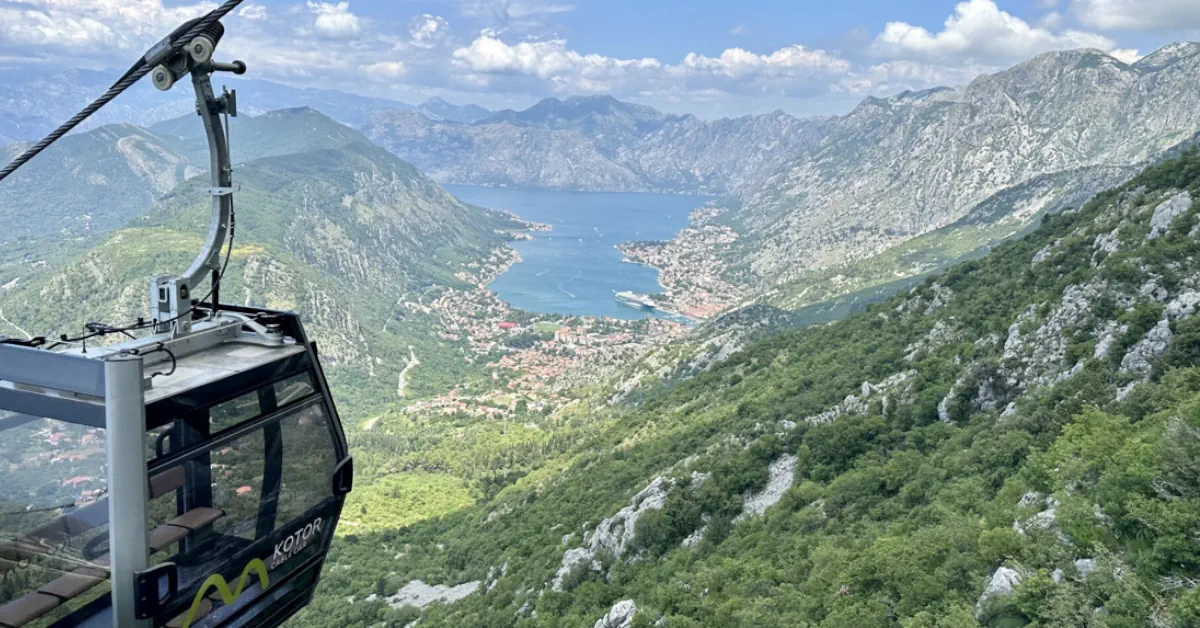Adriacom I Business Services & Immigration
Montenegro Awaits - Let's Make it Yours.
Adriacom I Business Services & Immigration
Montenegro Awaits - Let's Make it Yours.
And finally there is certainty: after a long and ardous wait, the Kotor Cable Car will finally transport its first passengers at the end of July, 2023. The 11-minute long ride will take you along one of Europe’s most scenic landscapes, catapulting you above the Bay of Kotor and up Mount Lovcen, 1,348 meters above sea level.

The Lower Dub Station is a on the other side of the Vrmac tunnel in direction of the roundabout that connects Tivat to Kotor and Budva. Kuk, the upper station is 3,900 meters away from the lower station, making the ride exactly 5 times longer than the one with the Cable Car in Dubrovnik.
The Dubrovnik city officials will not be happy about this new and exciting ride that, without a doubt, will seriously challenge their own Gondola that dates back to 1969 and was until now the only one along the coast of the Adriatic Sea. The only thing that is missing in Kotor is a panoramic restaurant atop.

The ride ends in a significantly fresher climate, a welcome refreshment from the scorching heat down at the coast. Having reached the top, two of Montenegro’s major attractions, the Njegos Mausoleum and the Lovcen National Park are located within a 10-minute drive. Taxis are readily available.
Njegos was Montenegro’s ruler in the 19th century and is considered by many the most important person in the country’s history. He was also a renowned poet. His remains are sheltered in an Egyptian-style mausoleum situated in an almost unreal natural setting at an altitude of 1,650m, overlooking the entirety of Montenegro.
Mount Lovcen around which the National Park is centered is the most important massif in Montenegro and contributed largely to the feeling of national identity of Montenegrins. And, it was the dark mountain landscapes of Mount Lovcen after which the country was given its name.
In medieval times when the fear of Ottoman occupation was constant, the highlands of the Lovcen constituted a safe refuge, a place where local culture, business, and life, in general, could still flourish.